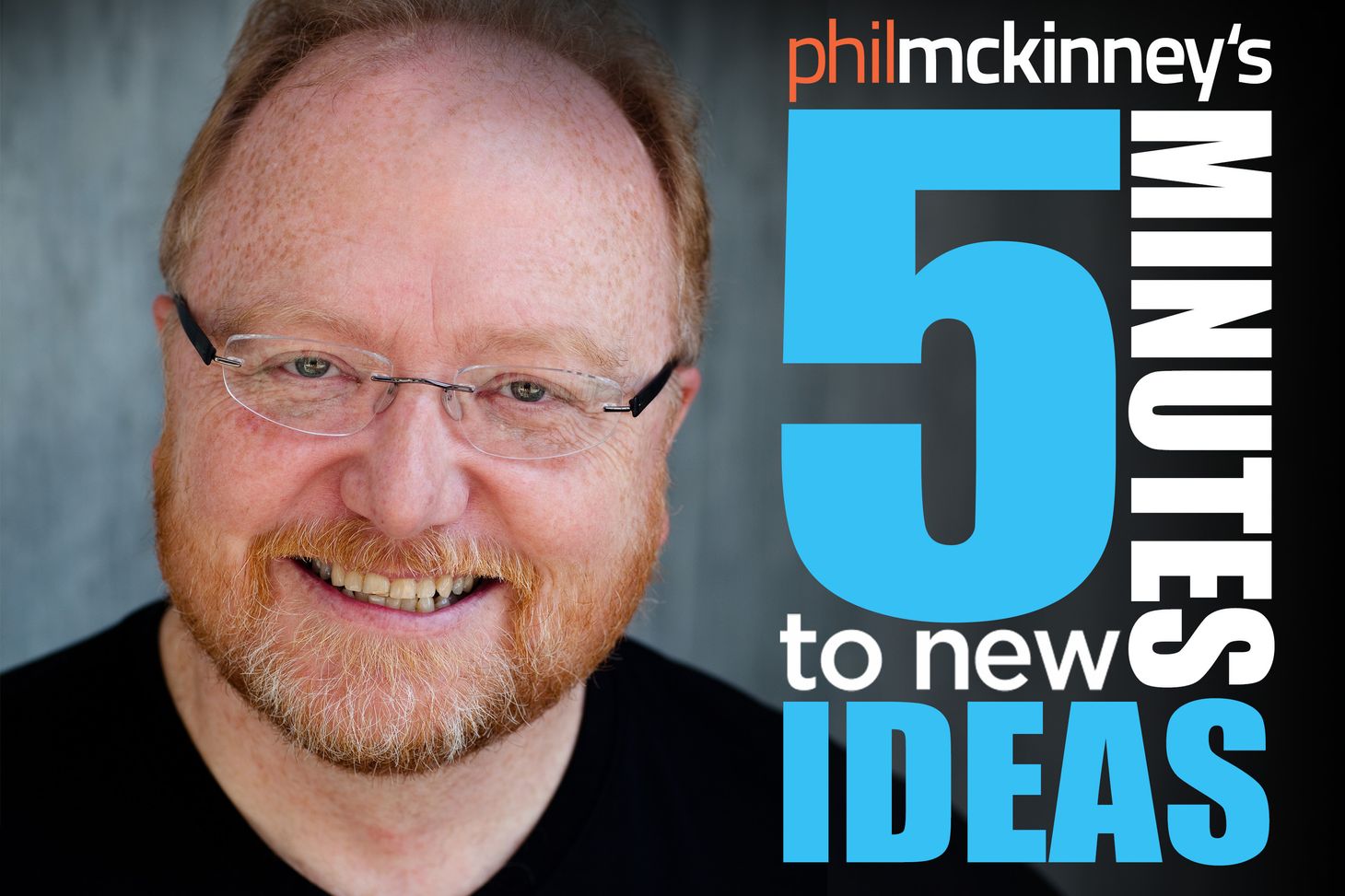What are your unshakable beliefs about what your customers want

One thing is to know what your customers want to do, another is to understand how they intend to get it done.
It’s easy to look at their goals and tell yourself that your product will match their needs.
However, if you don’t understand their internal philosophy about what they are doing and why they are doing it, you may find that they consider your product a complete failure.
Competing companies can have the same goals but radically different strategies about how to achieve them.
One of the clearest examples of this is the decades-long tussle between Airbus and Boeing.
Both companies brought new long-range aircraft to market at more or less the same time.
However, their respective offerings, the A380 and the 787 Dreamliner reflect radically different ideas of how airlines will meet the needs and desires of their passengers.
Both companies understand the bottom line in their industry, getting CASM—cost per available seat mile—as low as possible.
Both claim that their aircrafts are highly fuel-efficient.
Each also uses radically new technologies.
The 787 is made of lightweight and high-durability composites and advanced aluminum alloy.
The A380 boasts new integrated avionics systems in the cockpit, designed with fewer parts to push maintenance costs down, and its cockpit is designed to be simpler for a pilot to switch between one Airbus model and another (giving airlines more flexibility with their crews).
The onboard servers are robust enough to ensure that pilots can safely go “paperless.”
Crews can now ditch their bulky manuals and instead rely on the on-board computers to supply all the charts, logs, maintenance records, and performance calculations they need during a flight.
However, the A380 and the 787 reflect completely different philosophies about how passengers will get from one destination to the other.
The A380 is a hub-to-hub aircraft.
Its size limits the airports it can service.
You’ll see it at places like London Heathrow, Los Angeles International, and Singapore’s Changi Airport.
You won’t see it in Cleveland or Oslo or Fort Lauderdale.
Airlines placing orders for the A380 are betting on two things.
First, they assume that there will be a meaningful number of passengers who are simply looking to fly from hub to hub.
Some examples might include the businessperson in London who needs to make a presentation in L.A. or the family in Sydney who wants to vacation in Paris.
Second, they are betting that passengers will be willing to adhere to the old model of international transportation and connect from second- and third-tier airports via a hub.
Boeing is betting the other way.
The 787 is small and nimble enough to service second-tier cities, yet its fuel efficiency allows it to function as a long-range aircraft.
If Delta’s or United’s marketing department decide that Columbus, Ohio, needs nonstop service to Paris, they could do it with the Dreamliner.
They couldn’t do it with the A380.
Airbus and Boeing both asked themselves the same Killer Question: What are our unshakable beliefs about what our customers want?
Yet as soon as they’d asked that question and started to investigate it, they veered off in radically different directions based on what they believed their customers’ needs and wants were.
The jury is out on who made the better bet, but my gut instinct is that both companies will struggle before eventually finding sufficient market share to justify their gamble.
Innovation isn’t always about beating your competitors.
Each thinks they’ve satisfied one need, but really their customers have multiple needs.
A goliath like United Continental will have needs for aircraft that can extract the most value from long-haul, large-volume routes while at the same time having aircraft that can service smaller airports.
The bigger problem for manufacturers will be if airlines decide to embrace fleet homogeneity and restrict themselves to using either Airbus or Boeing.
So don’t be afraid to ask yourself
What are your unshakable beliefs about what your customers want?
.. and don’t stop there …. Dig deeper by asking …
Do your customers and your competitors’ customers have the same criteria as one another, or do they have different needs and selection processes?
How would you engage with your competitors’ customers to understand their needs?
And how could you align their needs with what you are doing?
Don’t let past understandings or belief trip you up.
Go our and validate every assumption and unshakable belief.
I’m Phil McKinney — and thanks for listening.
Phil McKinney Newsletter
Join the newsletter to receive the latest updates in your inbox.




